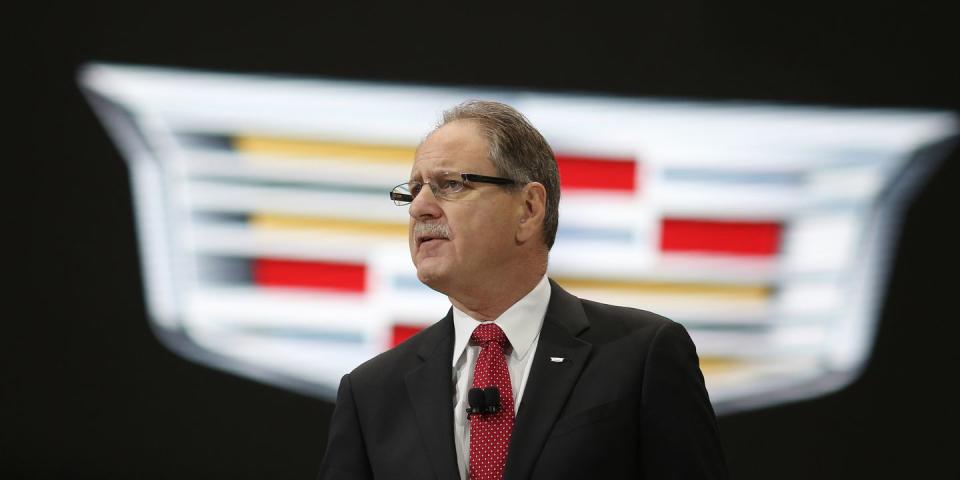Why Johan de Nysschen Failed at Cadillac

It seemed like a perfect, if unconventional, solution: Appoint a newcomer, not tied to decades-long immersion in the General Motors culture, to head the renascent Cadillac brand. The fact that he had successfully led Audi and Infiniti provided him with a knowledge of the multiple challenges faced by the so-called "second tier" luxury brands struggling for enhanced status.
A major Cadillac problem, instantly recognized by the newly-appointed Johan de Nysschen upon his arrival in 2014, was that it was seen as a "discount luxury brand." Cadillac, despite the uncontested excellence of its cars, and after a multi-billion-dollar investment in sophisticated rear-wheel drive architectures, had trouble competing with Mercedes and BMW in the retail arena. Cadillac's domain was fleet sales, daily rental and heavily-subsidized lease rates. These practices, while producing volume and throughput for dealers, severely damaged the value of used Cadillacs. De Nysschen addressed that by reducing daily rental sales and instituting more realistic lease rates. Sales in North America began to sink almost immediately. If sufficient corporate patience was provided, the plan would, in a few years, wipe out the "discount" image, improve residual values, and help the brand regain respectability.
Alas, it was not to happen. News of plummeting sales destroyed reputation faster than sound sales practices could improve it. Struggles with the dealer body over factory-mandated showroom upgrades introduced friction. Bold new marketing thrusts such as Book by Cadillac (pay a monthy fee, then order up any Cadillac model as needed) never got traction. Expensive advertising campaigns showing emaciated, scraggly-bearded, tight-jacketed metrosexuals posed in rain-drenched back alleys, urging the viewer to
"Dare Greatly"-at what?-flopped miserably. Moving the brand headquarters to New York City, always a bit of a mystery to me, was of little reputational value, but served to distance the Cadillac marketing people from GM's powerful Detroit-based planning and product development groups.
What was the deciding factor in de Nysschen's departure? I doubt that there was a single, explosive event. Like a bad marriage, there came a point when both sides saw it was never going to work. Johan was never going to get the "pure Cadillac" crossover-heavy product line he and his dealers felt he needed. The GM organization is not prone to doubling down on unprofitable ventures that show no signs of imminent recovery. GM's powerful Detroit-based planning and product development organization never really relinquished their tight grip on design and portfolio decisions. Perhaps they trusted their experience, data and instincts more than they trusted a bunch of effete East Coast marketing genii. Outgunned by the bulletproof reputations of the Germans, the onslaught of competitor crossovers, the relative failure of the new Cadillac sedans, the lack of traction of marketing initiatives and the steadily-sinking profitability of the brand, circumstances conspired to lead everyone concerned to one conclusion-let's end it.
Divorce is sad. Cadillacs are superb. De Nysschen is a brilliant executive and leader. But he ran out of corporate patience, and vice-versa. No one, and everyone, is to blame.
You Might Also Like

 Yahoo Autos
Yahoo Autos 